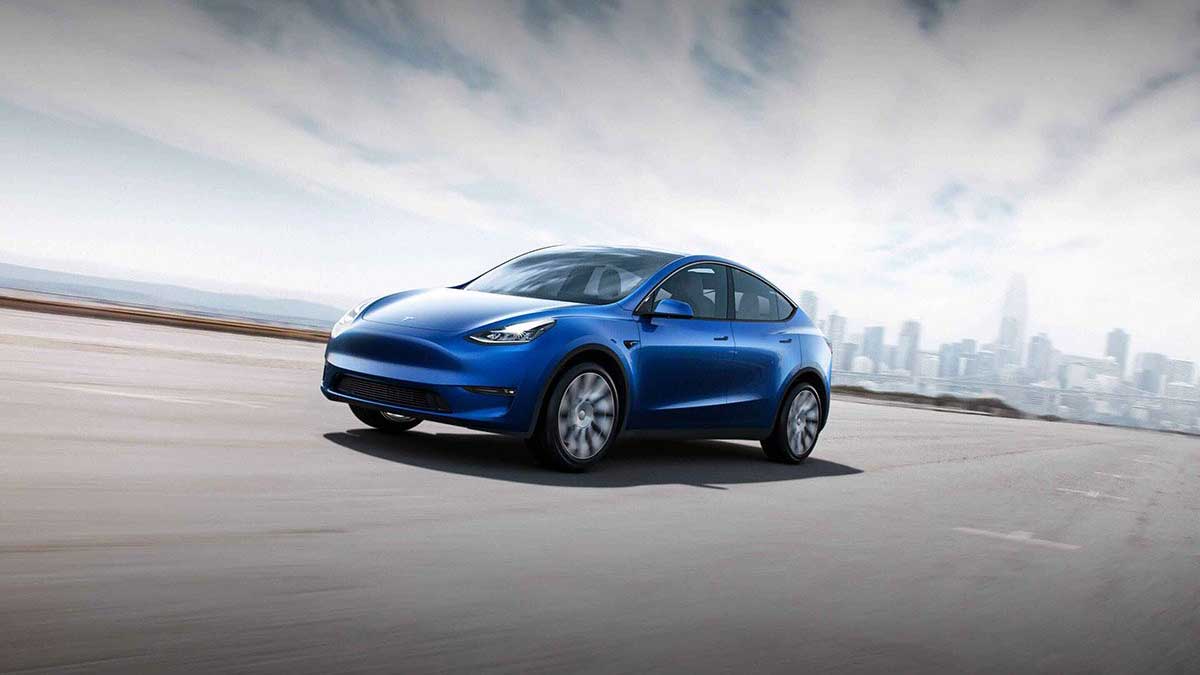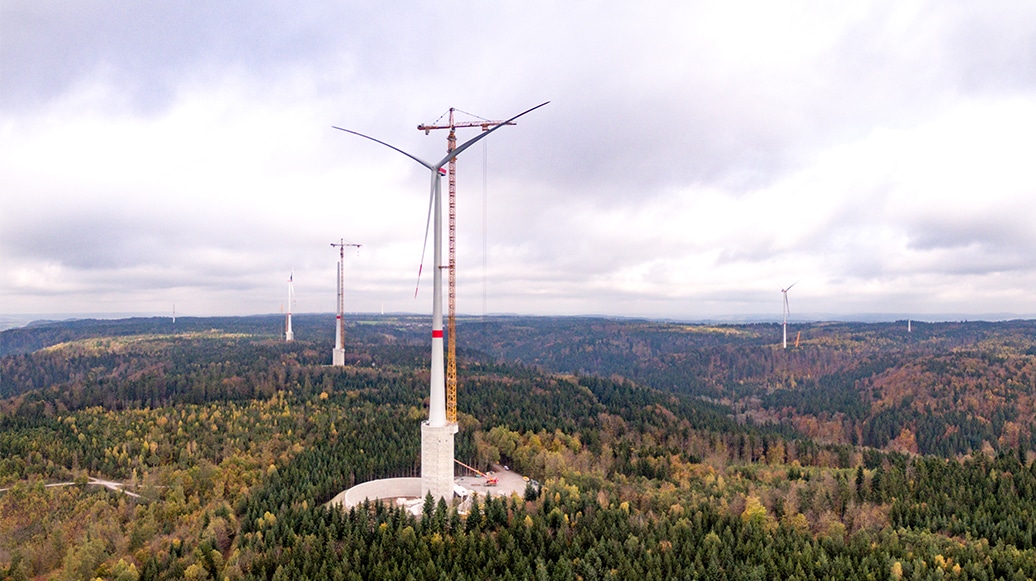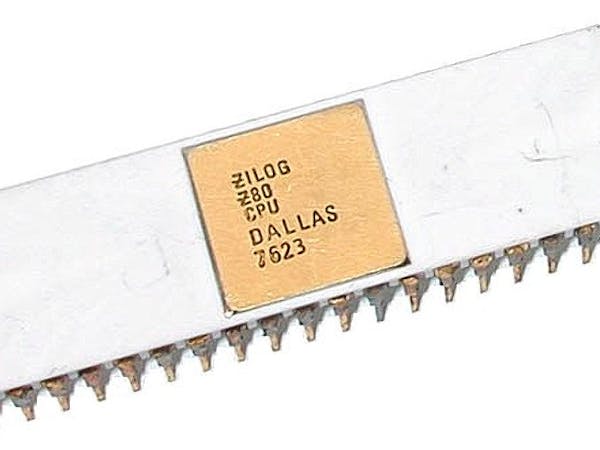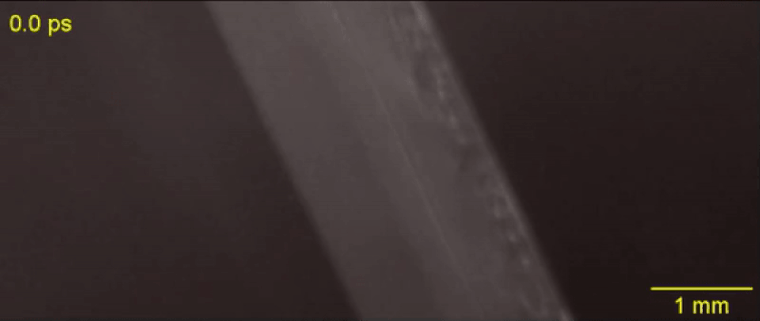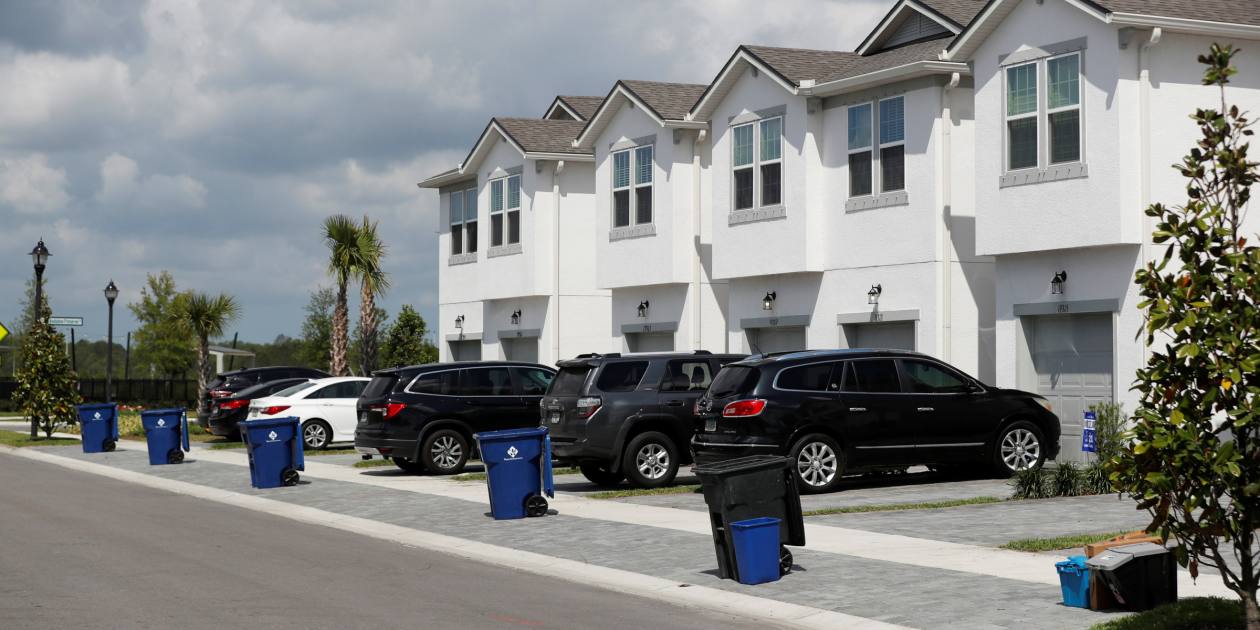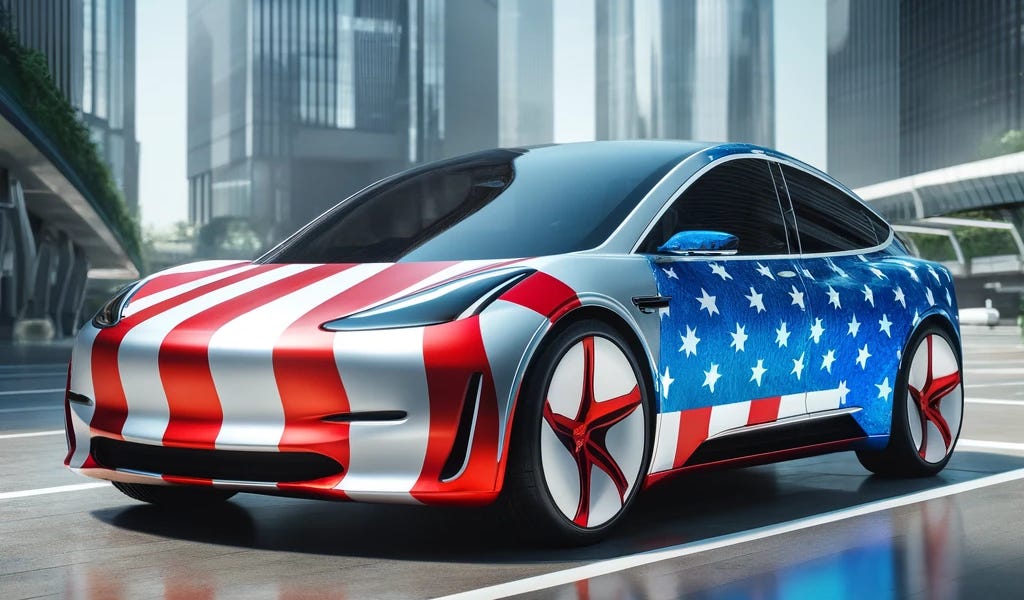
Energy-efficient driving
Energy-efficient driving techniques are used by drivers who wish to reduce their fuel consumption, and thus maximize fuel efficiency. The use of these techniques is called "hypermiling".[1]
Simple fuel-efficiency techniques can result in reduction in fuel consumption without resorting to radical fuel-saving techniques that can be unlawful and dangerous, such as tailgating larger vehicles.[2]
Underinflated tires wear out faster and lose energy to rolling resistance because of tire deformation. The loss for a car is approximately 1.0% for every 2 psi (0.1 bar; 10 kPa) drop in pressure of all four tires.[3] Improper wheel alignment and high engine oil kinematic viscosity also reduce fuel efficiency.[4][5]
Drivers can increase fuel efficiency by minimizing transported mass, i.e. the number of people or the amount of cargo, tools, and equipment carried in the vehicle. Removing common unnecessary accessories such as roof racks, brush guards, wind deflectors (or "spoilers", when designed for downforce and not enhanced flow separation), running boards, and push bars, as well as using narrower and lower profile tires will improve fuel efficiency by reducing weight, aerodynamic drag, and rolling resistance.[6] Some cars also use a half size spare tire, for weight/cost/space saving purposes. On a typical vehicle, every extra 100 pounds increases fuel consumption by 2%.[3] Removing roof racks (and accessories) can increase fuel efficiency by up to 20%.[3]
